Panama has top amazing destinations for whale watching, near Panama City, as well as in picturesque places that will amaze you with their history, biodiversity, natural beauty, and the people who inhabit them.
There’s no doubt that whale watching in Panama is an unforgettable event, it provokes an emotional impact that will possibly change the way you see the world and help you create a lifelong connection with nature. It is one of those wonderful transformative events that can make you a better human being.
Let’s leave the sentimentality behind, it is amazing to observe a humpback, bigger than an omnibus, about 16 meters long, jumping out of the water as if gravity did not exist. Just imagine, they weigh the equivalent of 5 or 6 African elephants together. It is amazing how they jump out of the water, turn around in the air, and fall out with a crash on their backs.
How does the Humpback Journey to Panama Start?
Being a humpback whale is not easy at all, to survive they have to spend a season in the coldest polar areas of the planet, between November and March of each year, looking for food. A humpback whale can eat between 5% to 30% of its body weight, we are talking about more than two tons per day; the krill is their favorite snack.
They eat one’s fill and restock their fat deposits, until when they start their journey to the warm tropical waters of Panama, during that migration they practically don’t eat any food like a fast. Since I’m not a scientist, I can tell you that it has to be one of those crazy diets that my wife practices after Christmas.
When the temperature of the Arctic begins to decrease and the cold is more intense, at the end of March, they begin their long migration.
More than 8,000 kilometers and about 4 months of the continuous marathon, at a slow pace they will travel the Pacific coast from the south of Chile, they pass through Peru, Ecuador, Colombia, Panama, and a small group, of the most adventurous, continue further north.
This southern group is the only family of whales on the planet that cross the equator during their migration.
They travel in small groups of 2 to 15 individuals, it is even known that they share part of the trip with other inhabitants of the seas, such as their cousins the dolphins.
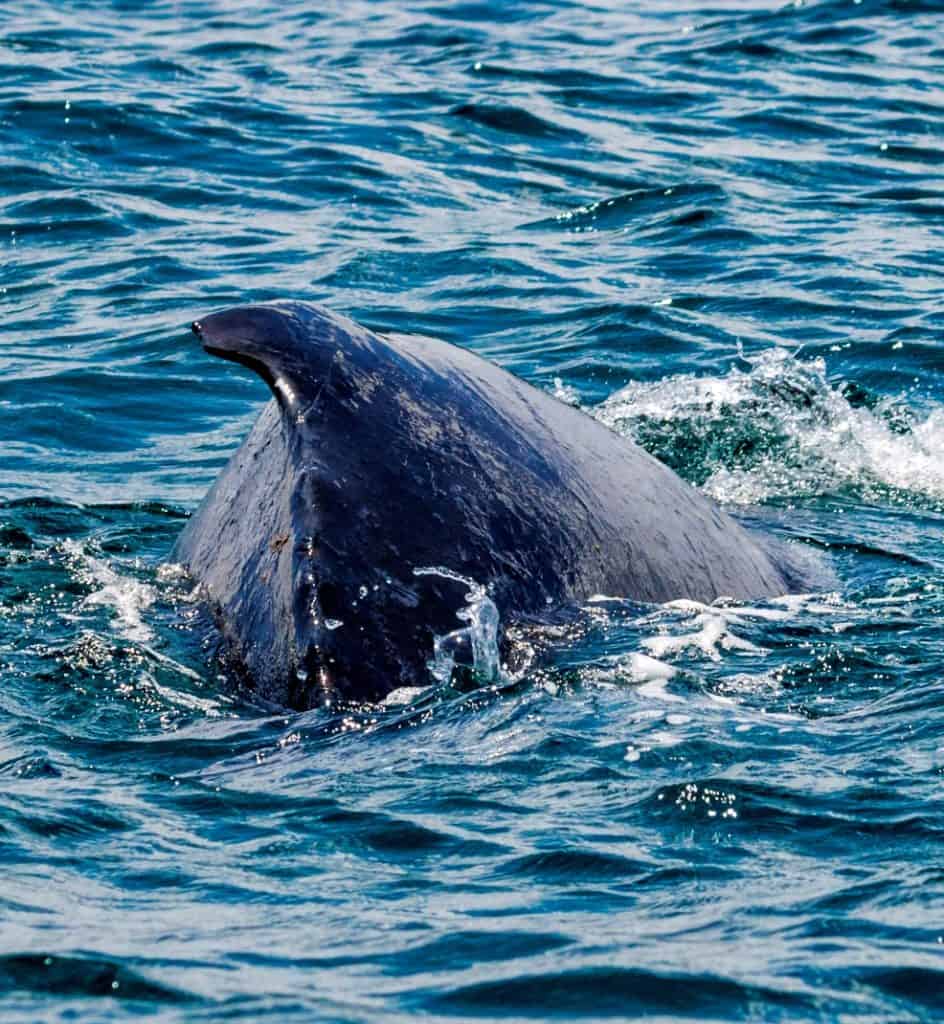
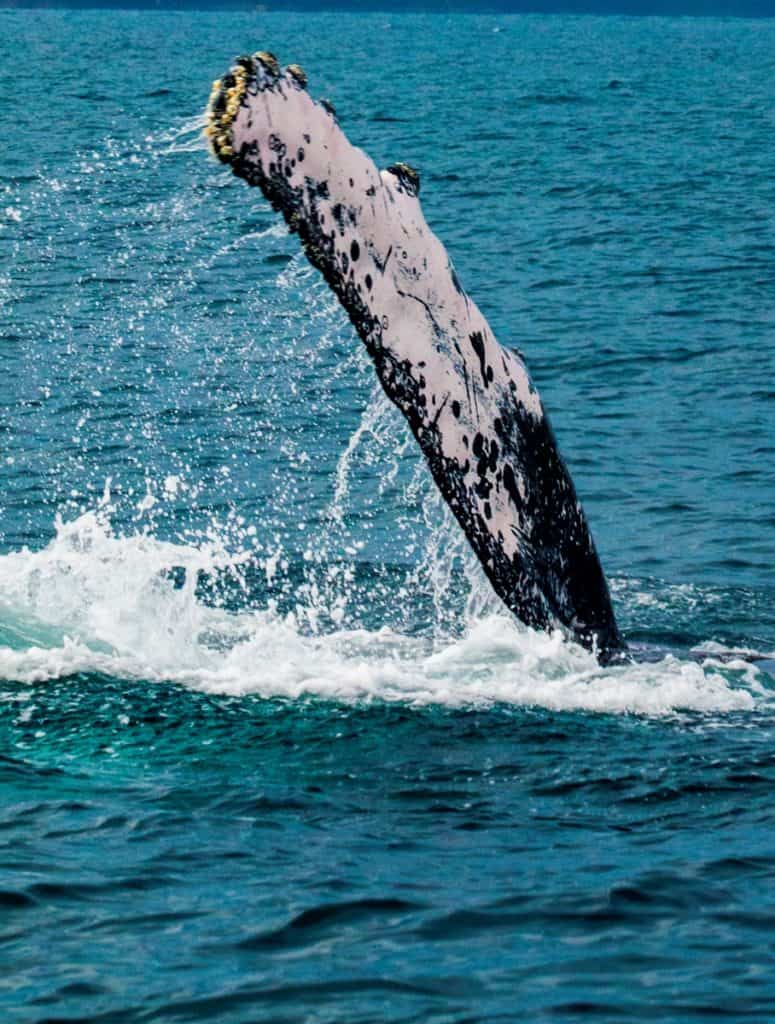
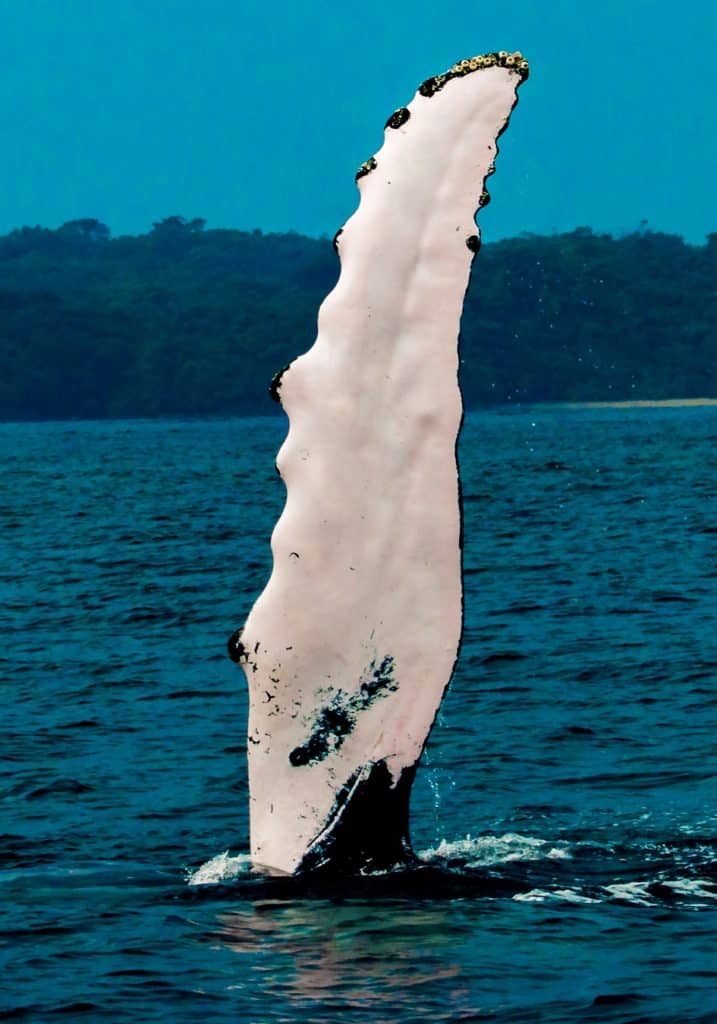
Photos from Eduardo Estrada @eestrada_wildlifephoto
Why do humpback whales travel to Panama?
From mid-July till October, in the warm and shallow waters of Panama, they find the perfect place, a romantic resort, which awakens their wild instinct to procreate.
The males begin an amazing courtship, all in the chorus singing the same melody, again and again, for hours and hours in total harmony, trying to stand out among the others to conquer the desired females.
These songs can be heard almost 20 km away and it is the longest and most complex melody in the animal world.
Let the Duel of Giants begins!
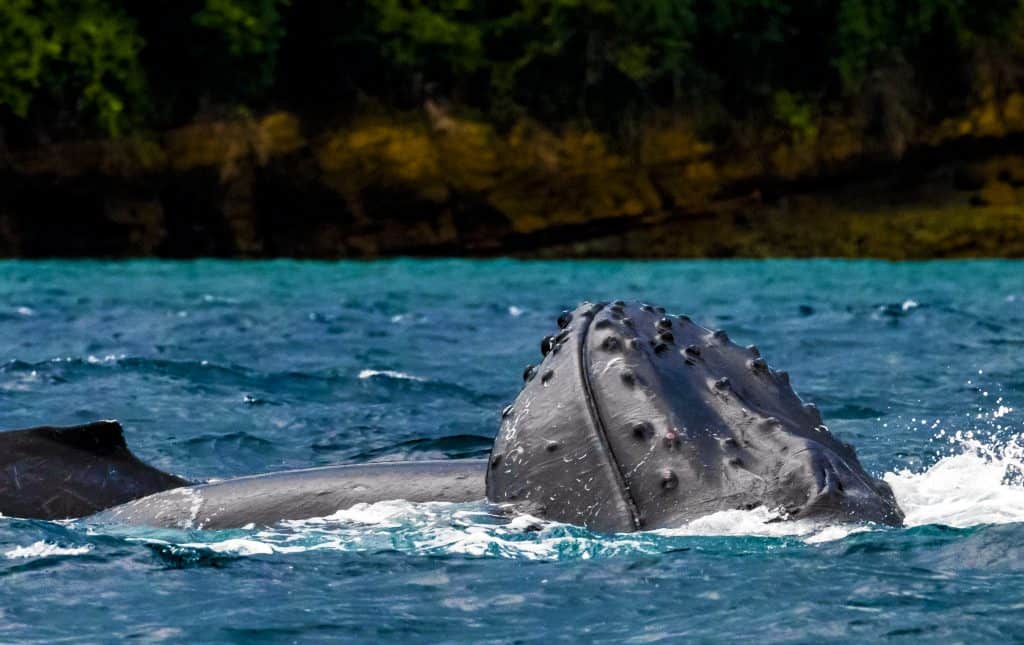
Not everything is romantic, between the males they physically attack each other, colossal crashes occur, imagine two trains at full speed. Or It is in those moments that we see them jump out of the water, spreading their pectoral fins of more than 5 meters long as if they were wings and flying through the air.
It is very common to see the beating of its fins and tail against the water, all to attract the attention of some beautiful female.
The luckiest ones will find a mate and continue their courtship in the depths of the ocean, uniting and intertwining their huge bodies, taking passionate turns, as if time were in slow motion.
As a fact for adults only, a male’s penis can be larger than an adult person’s, which he keeps in a sac inside his body, which makes it very difficult to tell the sex of a whale at first glance.
One thing is for sure, they have a big heart, and they can weigh up to 200kg, the equivalent of 2 or 3 adult men.
Usually, the females share with several males, to ensure a better genetic quality of the species.
Something even more amazing also happens in Panama, on rare occasions, males and females from the northern and southern hemispheres have “fallen in love”, procreating calves with genetic material from both parts of the planet. In the end, it doesn’t matter where your parents come from, it is most likely that they were born in Panama.
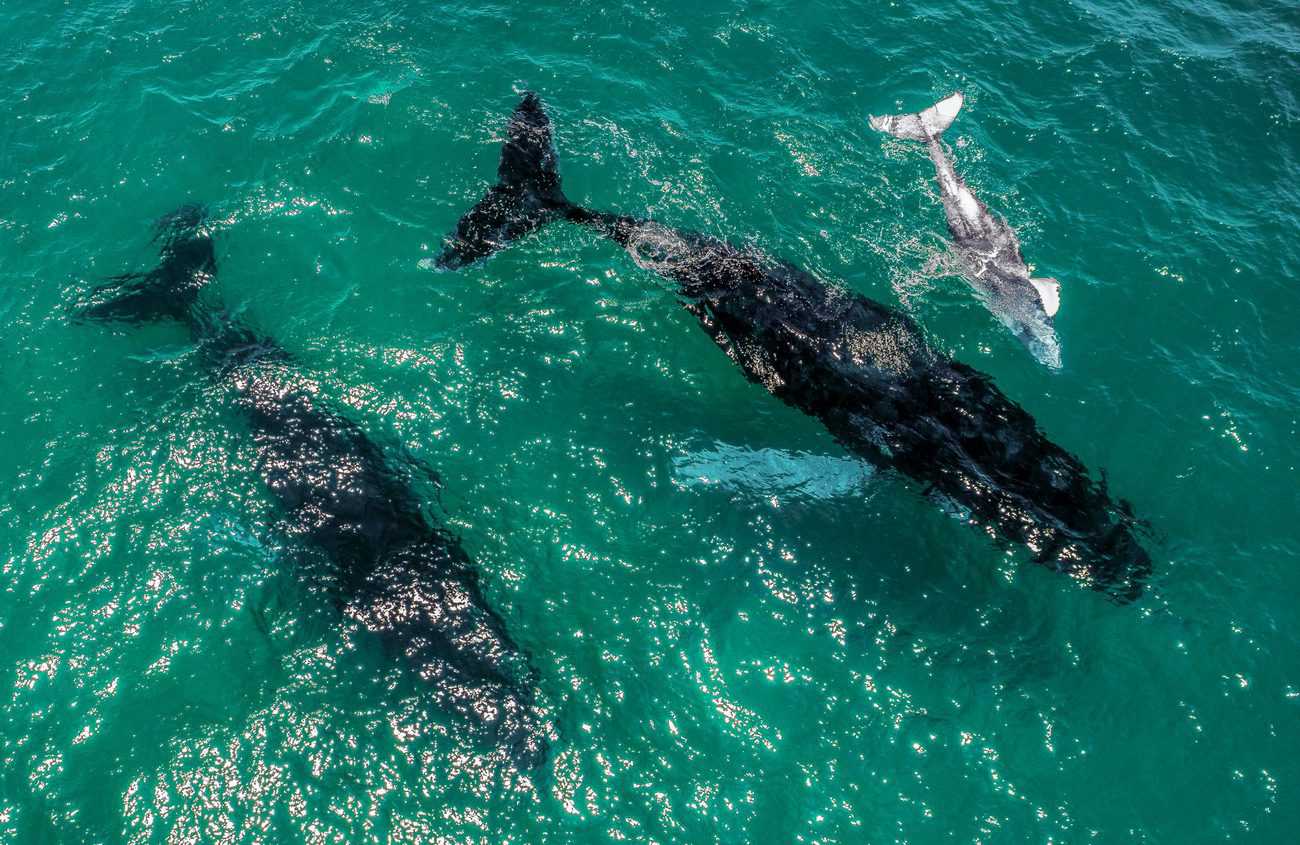
What happens a year later?
When the female becomes pregnant, she will return to her feeding sites at the poles, she will start her nutrition and fattening cycle again, and they will return to Panama the following year, this time with a baby in her womb. The normal gestation term is 11 to 12 months.
If everything goes fine, she will find in Panama a quiet, shallow place, far from her predators, where she feels safe giving birth to a beautiful light gray creature, just over 3 meters long and about a ton weight.
When the calve is born, the first thing that comes out of its mother’s body is the tail, just like its cousins the dolphins, it comes out very stunned with difficulty floating and swimming, so the mother needs to continually help it come to the surface to breathe air.
The Yubarta mothers are very loving and overprotective, they will not detach themselves from their offspring for a whole year, it is very normal for both to rub their bodies continuously. Scientific research found that the mother sings to her baby as if they were lullabies, constantly, both sobbing and chatting in a low tone to avoid being heard by their predators.
Is not an easy task to feed a humpback baby, they may need up to 60 liters of milk daily, their mother will run out of fat reserves and will practically be malnourished, as long as her calve grows and acquires the necessary weight for his incredible return journey to the poles, quite a challenge for a creature just a few months old. During this time, the mother practically does not eat.
What are the best places in Panama for Whale Watching?

They visit the entire Panamanian Pacific coast, however, it is well known that the humpback whales have their favorite places in Panama.
Panama Bay (Pearls Islands)
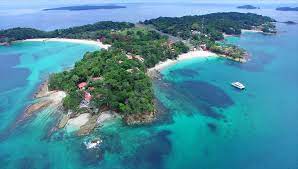
Around the more than 90 islands of Pearls Islands and even very close to the coast of Panama City, you will find these huge cetaceans.
Due to this, the Panama Canal and the Smithsonian Institute of Panama proposed special laws for ships to follow specific routes to reduce conflicts with humpbacks. Being Panama, the only country in the world with this kind of law.
Contadora Island, the most touristic of all, offers accommodation, excellent gastronomy, and several tour operators, for all kinds of activities around its abundant vegetation, the sea, the countless beaches that are transformed every day with the movement of the tides, and its rich biodiversity, protecting more than 150 species of birds (including one of the largest populations of pelicans in the hemisphere), 15 types of corals, 700 species of fish and about 16 mammals.
The easiest and fastest way is by airplane, three ferries run frequently.
Pedasí e Isla Iguana
Pedasí is a colonial town that retains a magical charm and is famous for its abundant fishing, is because the Americans call it “The Tuna Coast”.
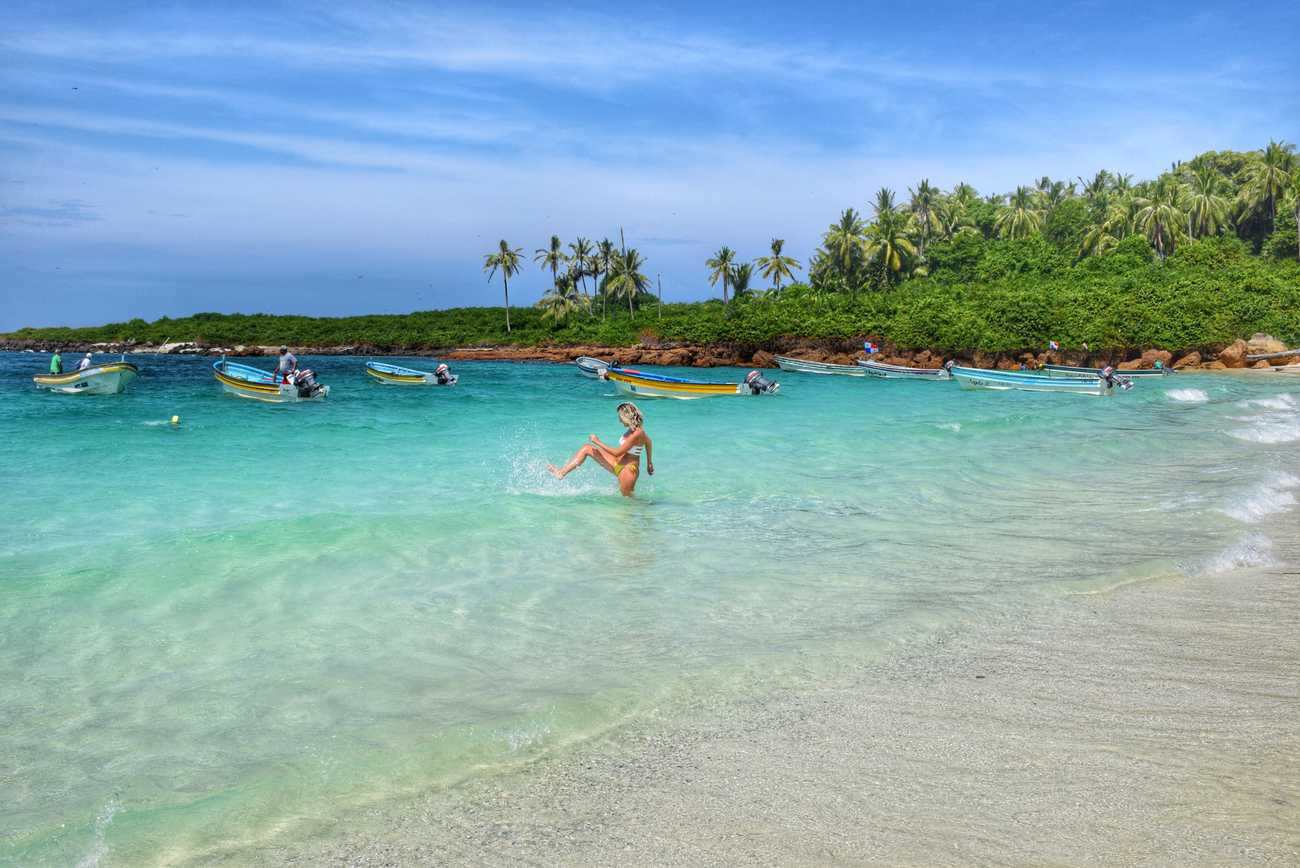
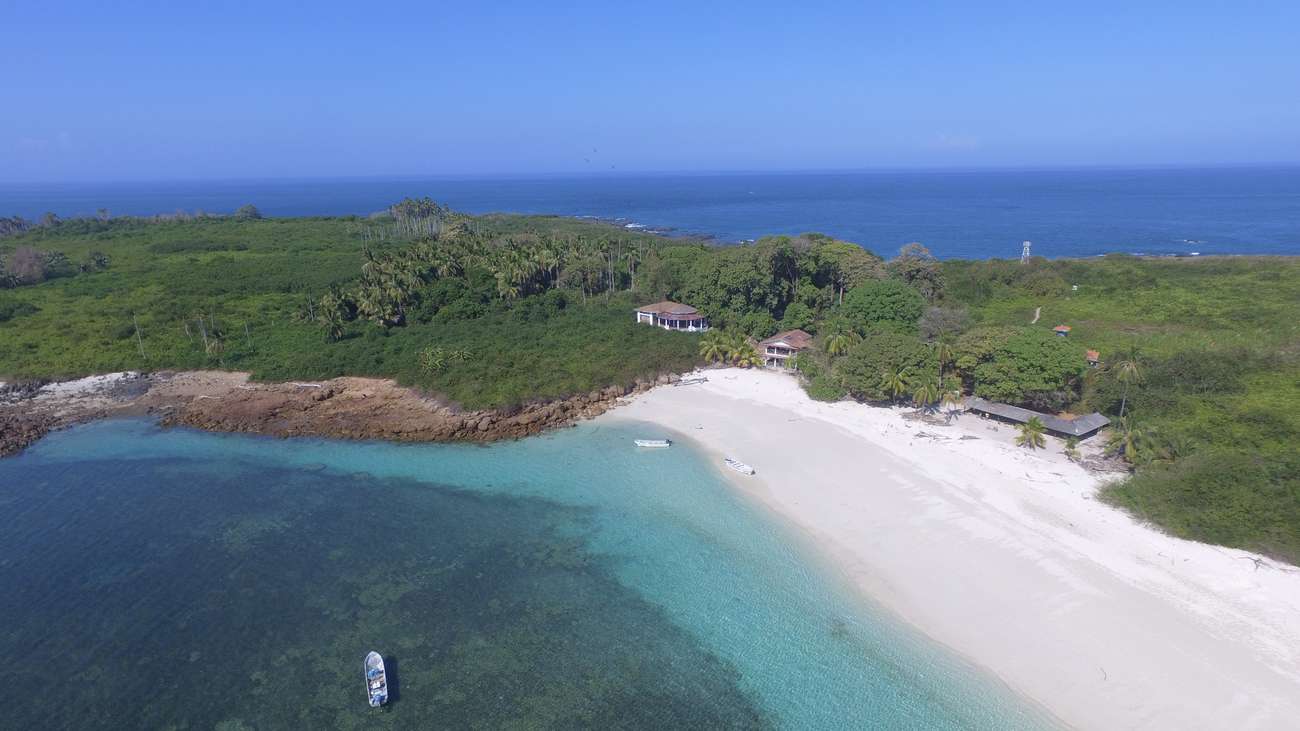
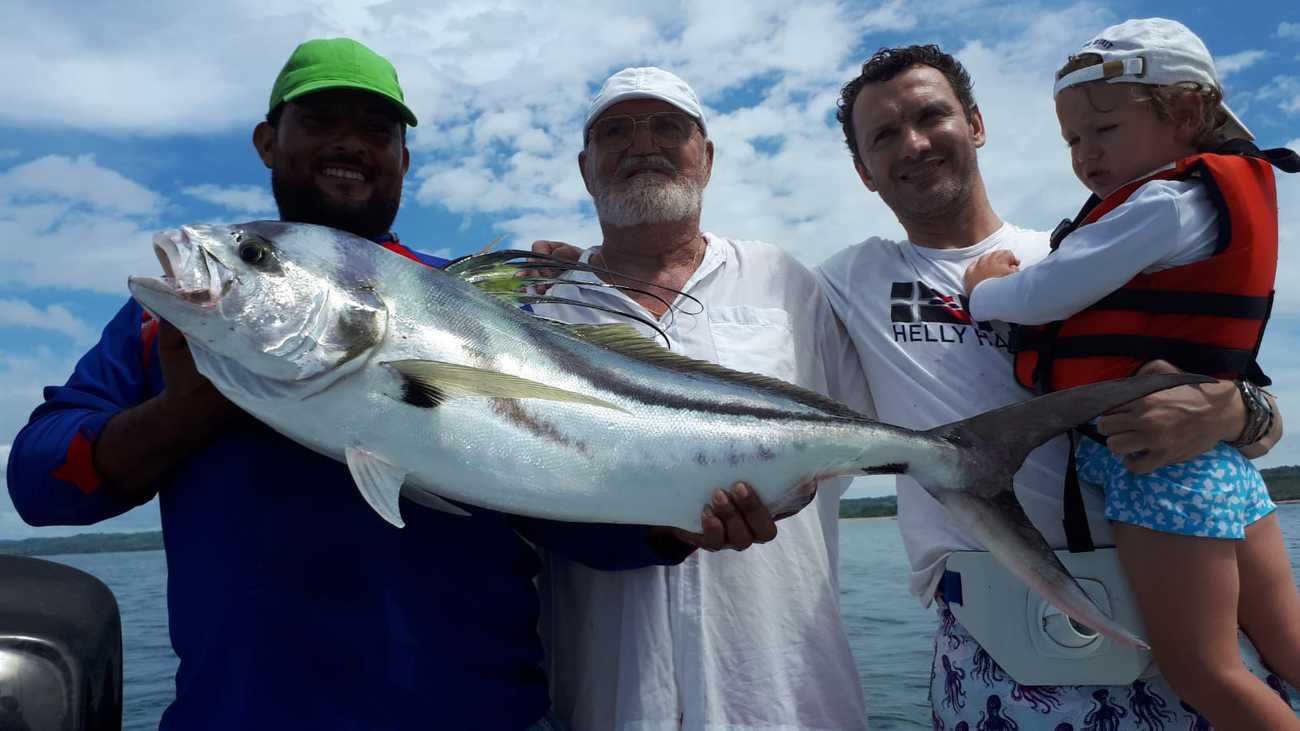
In the western part of the Bay of Panama, we found the Azuero Peninsula, the cradle of the folkloric traditions of Panama, its coasts are one of the favorite places of humpback whales.
From the shore of Playa el Arenal just 3 kilometers from the town, you can see them jumping in the air like a small fish, it is very common to find them just 10 minutes after departing from the shore.
We recommend staying at our favorite hotel, the Hotel Casa de Campo, with a more modern touch the Pedasí Paradise, if you are looking for something with a family atmosphere visit the Hostal Doña María or the Hotel Carey. Each with its different style and for all budgets.
Mariato, Golf of Montijo & Cebaco Island

On the other side of the Azuero Peninsula are the coasts of Mariato, at the entrance to the Gulf of Montijo we found Cebaco Island, which is the third-largest island in Panama with more than 50 km of coasts surrounded by nature and very lonely beaches.
It’s typical to sight whales taking a break between Gobernadora Island and Cebaco. The locals say that some nights they can hear the blow when the whale surfaces to breathe and the fins slap against the water, letting it be known that they are there.
Coiba National Park
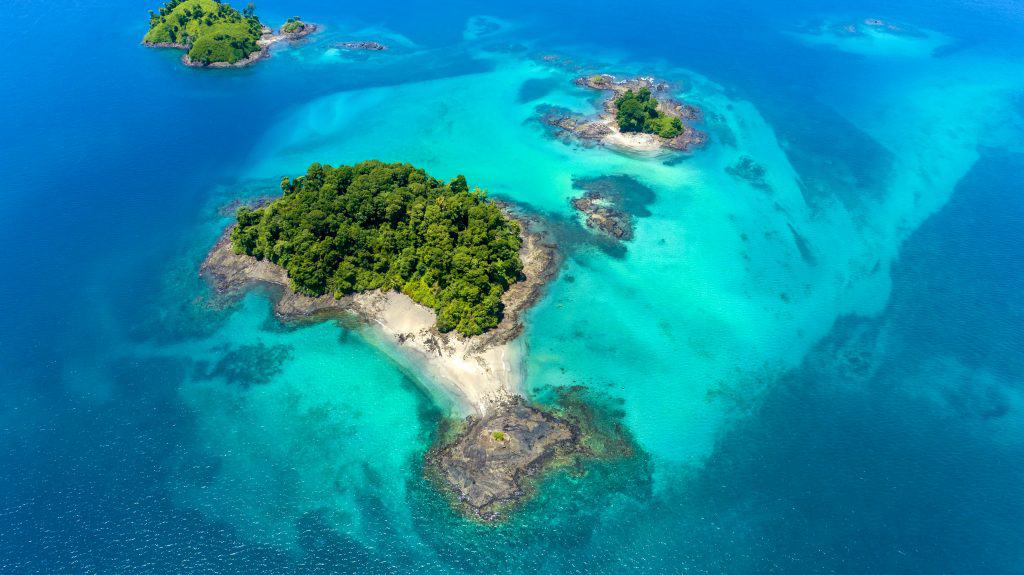
The jewel in the crown of Panama’s national parks, with more than 270 thousand hectares, 38 islands, a fascinating history, and unique biodiversity, 80% of its territory remains virgin and surrounded by the largest coral reef in Central America. After being one of the most feared prisons in America, it became a natural sanctuary and a UNESCO World Heritage Site.
Close to Coiba in Santa Catalina, there is a wide range of hotels and restaurants of all kinds, the epicenter of surfing in Panama, it has a culture of “full relaxation” among its inhabitants. My favorite hotels are El Hotel Santa Catalina, Villa Cocos, Nativo Boutique Hotel, Oasis Surf Camp, and Aguas Verdes Hostel. Talking about gastronomy try the food at Los Pibes if you like meat and El Chilinguito if you love pasta and seafood.
Gulf of Chiriqui

Whales love this area, mainly between Isla Secas and Paridas Island. Gulf of Chiriquí is also another national marine park that guarantees its safety.
Your best option is to embark on Boca Chica. You will find a few hotels with marinas, very close to the whale watching sites.
The Disappearance of the Whales
During the 19th century, the whales were victims of human greed and ignorance, their population was dramatically reduced, and almost 90% of the population was exterminated, placing them on the edge of extinction.
Thanks to the international covenant, a blackberry was created that has allowed its population to recover little by little. It happened in part because of the awareness of the importance of protecting the oceans and tourism initiatives aimed at promoting responsible whale watching.
But even these days the human being is its main predator and the one that most affects its ecosystem.

Why are Humpback Whales Important?
It will sound like the craziest and funniest thing you’ll ever hear about whales. Among other things, they are a kind of planters of the oceans.
By eating tons and tons of food, mainly krill, to that same extent it becomes excrement, its floating feces serve as organic fertilizer for phytoplankton to thrive, which, incredible as it may seem, is the krill’s food, creating a life cycle, which directly helps other species to thrive. Including humans and other land animals, because phytoplankton is the main ingredient for the oceans to produce most of the oxygen we breathe on the planet.
In Panama, laws to protect and regulate the activity of whale watching have been created, make sure that the people who take you to visit them are respectful, don’t persecute them, and never put the boat in their way.
The mothers are very protective of their calves and they always stand between the calves and the boats, being able to cause accidents, so it is necessary to act with caution so as not to overwhelm the mothers.
With the help of organizations such as MarViva Foundation, the Smithsonian Institute of Panama, Albratos Media Foundation, Panacetacea, The Naturalist Guide Academy, Panama Sharks & Sealife Conservation, MiAmbiente, among others, we seek to create a safer environment for ourselves and the inhabitants of our oceans.
There are many more stories to tell, we invite you to contact us at +507 6673-0256 or email [email protected], surely if you join us on the next adventure, we can share even more curious facts about whales and other inhabitants of the oceans.

